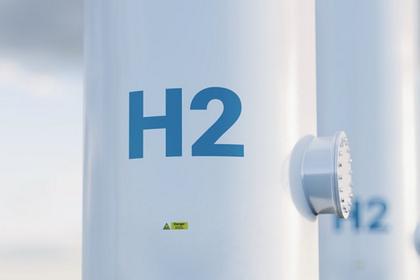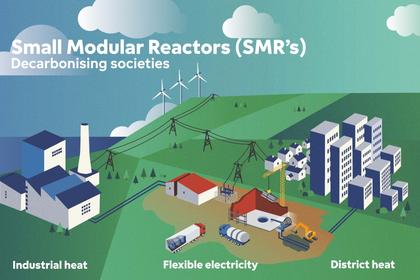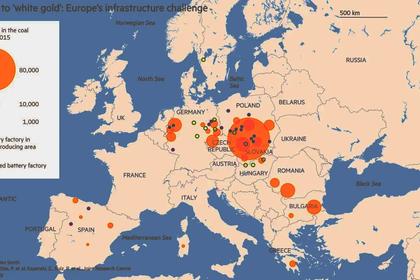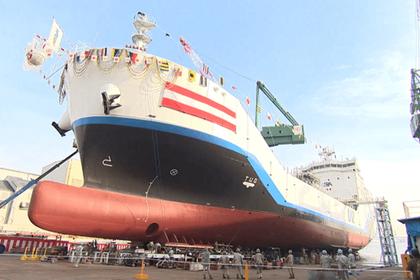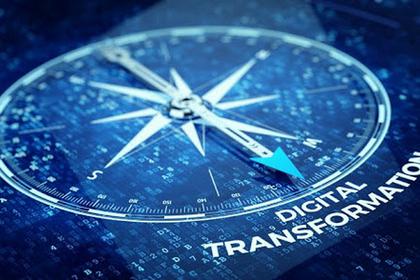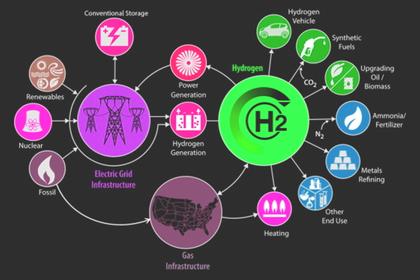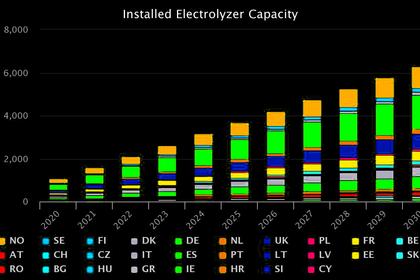
-----
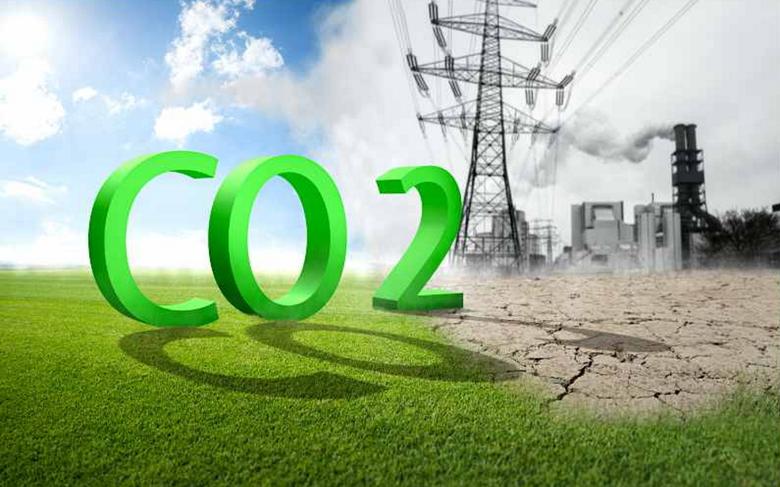
РЕЙТЕР -
-----
Раньше:

2018, March, 14, 11:45:00
OIL PRICE: NOT ABOVE $65REUTERS - U.S. West Texas Intermediate (WTI) crude futures CLc1 were at $60.77 a barrel at 0753 GMT, up 6 cents, or 0.1 percent, from their previous settlement. Brent crude futures LCOc1 were at $64.62 per barrel, down just 2 cents from their last close.
|

2018, March, 7, 15:00:00
ЦЕНА НЕФТИ: ПОКА ВЫШЕ $65РЕЙТЕР - К 9.17 МСК фьючерсы на североморскую смесь Brent опустились на 0,85 процента до $65,23 за баррель. Фьючерсные контракты на американскую лёгкую нефть WTI к этому времени торговались у отметки $62,07 за баррель, что на 0,85 процента ниже предыдущего закрытия. |

2018, March, 7, 14:00:00
OIL PRICES 2018 - 19: $62EIA - North Sea Brent crude oil spot prices averaged $65 per barrel (b) in February, a decrease of $4/b from the January level and the first month-over-month average decrease since June 2017. EIA forecasts Brent spot prices will average about $62/b in both 2018 and 2019 compared with an average of $54/b in 2017.
|

2018, March, 5, 11:35:00
ЦЕНА НЕФТИ: ПОКА ВЫШЕ $64РЕЙТЕР - К 9.28 МСК фьючерсы на североморскую смесь Brent поднялись на 0,33 процента до $64,58 за баррель. Фьючерсные контракты на американскую лёгкую нефть WTI к этому времени торговались у отметки $61,44 за баррель, что на 0,31 процента выше предыдущего закрытия. |

2018, March, 4, 11:30:00
ЦЕНА URALS: $ 65,99МИНФИН РОССИИ - Средняя цена нефти марки Urals по итогам января – февраля 2018 года составила $ 65,99 за баррель.
|

2018, February, 27, 14:15:00
ЦЕНА НЕФТИ: ОПЯТЬ ВЫШЕ $67РЕЙТЕР - К 9.18 МСК фьючерсы на североморскую смесь Brent опустились на 0,15 процента до $67,40 за баррель. Фьючерсные контракты на американскую лёгкую нефть WTI к этому времени торговались у отметки $63,80 за баррель, что на 0,17 процента ниже предыдущего закрытия. |

2018, February, 27, 14:05:00
ЦЕНА URALS: $66,26457МИНФИН РОССИИ - Средняя цена на нефть Urals за период мониторинга с 15 января по 14 февраля 2018 года составила $66,26457 за баррель, или $483,7 за тонну.
|

IAEA - 4 September 2020 - The world needs energy to support everyday life and drive human and economic development. In 2019, over 26 000 terawatt-hours of electricity were produced worldwide. This electricity is being produced by a range of energy sources, mostly fossil fuels but also nuclear power and renewables such as solar, hydro and wind.
Energy production and use are the largest source of greenhouse gas emissions around the world. As greenhouse gases are a driving force behind climate change, countries worldwide are actively working on a clean energy transition by changing how energy is produced.
Here’s a closer look at the clean energy transition and what role nuclear power plays. This is also the central topic of this year's IAEA Scientific Forum taking place from 22 to 23 September in Vienna, Austria. Leading scientists and experts from around the world will meet over two days to examine how nuclear power’s science-based solutions can play a pivotal role in paving the way for a sustainable future.
What is the ‘clean energy transition’?
The clean energy transition means shifting energy production away from sources that release a lot of greenhouse gases, such as fossil fuels, to those that release little to no greenhouse gases. Nuclear power, hydro, wind and solar are some of these clean sources.
The direction of the global transition to clean energy was agreed in the Paris Agreement, an international deal between over 180 countries that are part of the United Nations Framework Convention on Climate Change (UNFCCC). The agreement’s central aim is to limit the increase in global average temperatures to well below 2°C relative to pre-industrial levels by encouraging the use of low carbon energy sources to reduce greenhouse gas emissions.
With around two thirds of the world’s electricity still coming from burning fossil fuels, reaching these climate goals by 2050 will require at least 80% of electricity to be shifted to low carbon sources, according to the International Energy Agency (IEA).
What are greenhouse gases, global warming and climate change?
Greenhouse gases are gases in the Earth’s atmosphere that trap and let off heat. These gases include carbon dioxide, methane, water vapour, nitrous oxide and ozone. As they absorb and radiate heat back to Earth, it causes the planet’s average temperature to go up.
Although some greenhouse gases come from natural sources, most now come from people. Since the Industrial Revolution in the late 1800s, greenhouse gas emissions have gone up owing to an increase in human activities, primarily from burning fossil fuels, such as when driving a gasoline-fuelled car or burning coal to produce heat. When fossil fuels burn, they let off carbon dioxide.
For over 100 years, greenhouse gases have been accumulating much faster than they can dissipate, which, according to the most accredited scientific theories, has sped up the increase in the average global temperature. This is called global warming.
Global warming is causing environmental changes, such as more extreme weather patterns, erratic rainfall, drought and unpredictable season changes. These changes are known as climate change. With the current fast pace of global warming, climate change and its effects are expected to become more extreme and make it more difficult to live on Earth.
How does nuclear power fit into the clean energy transition?
Nuclear power is the second-largest source of low carbon energy used today to produce electricity, following hydropower. During operation, nuclear power plants produce almost no greenhouse gas emissions. According to the IEA, the use of nuclear power has reduced carbon dioxide emissions by more than 60 gigatonnes over the past 50 years, which is almost two years’ worth of global energy-related emissions.
Nuclear power accounts for around 10% of the world’s electricity and for around one third of global low carbon electricity. Currently, there are 440 nuclear power reactors in operation in 30 countries. There are 54 reactors under construction in 19 countries, including 4 countries that are building their first nuclear reactors.
As they can operate at full capacity nearly uninterrupted, nuclear power plants can provide a continuous and reliable supply of energy. This is in contrast to variable renewable energy sources, such as solar and wind, which require back-up power during their output gaps, such as when the sun sets or the wind stops blowing.
Nuclear power plants can also operate flexibly to meet fluctuations in energy demand and provide stability to electrical grids, particularly those with high shares of variable renewable sources. Some nuclear power plants are now being designed to also provide non-electric services, such as hydrogen production. These services can help to decarbonize other sectors, in addition to electricity production.
As progress on nuclear power technologies continues, it has led to innovative, advanced and next generation reactor designs that are helping to make nuclear power a more efficient, affordable and attractive option for decarbonization. A new era of smaller, more flexible, and, in some cases, transportable reactor designs are also expected to help make nuclear power and its non-electric applications more accessible and cost-effective, especially for remote and hard-to-reach parts of the globe.
How does nuclear power work?
Nuclear power is electricity produced through the controlled release of nuclear energy, which is the energy that holds the centre of atoms together. These centres are called nuclei. Nuclear energy is released, ultimately as heat, by nuclear fission, which is the process of splitting the nuclei of specific materials. The most commonly used material is uranium, a weakly radioactive heavy metal found naturally in the Earth’s crust.
The uranium is normally loaded into fuel rods, often after it has been enriched to increase its capability to fission. These rods are placed inside a nuclear reactor.
When used in a pressurized water reactor, which is the most common type of nuclear power reactor currently in operation worldwide, the fuel rods are placed inside the reactor’s vessel, which is filled with water. There, the fuel rods are bombarded with nuclear particles called neutrons, which are initially generated by a device (neutron source) inside the reactor. These neutrons cause the uranium nuclei in the fuel rods to split, releasing energy and neutrons. These newly released neutrons cause other uranium nuclei in the fuel rods to split, and so on, creating a nuclear fission chain reaction.
In pressurized water reactors, the energy released during nuclear fission heats up the fuel rods and the surrounding water. The water is kept pressurized to prevent boiling, and the heat is instead piped off to boil water in a nearby vessel. The boiling water produces steam, which is used to turn a giant turbine at very high speeds. The turbine is connected to a generator that also spins, producing electricity. The electricity then flows to a power grid, which is an interconnected network for delivering electricity from producers to consumers.
Nuclear fission continues until control rods made of materials that absorb neutrons without generating additional fissions, such as cadmium, are inserted between the fuel rods. This stops the nuclear fission chain reaction.
-----
Earlier:
